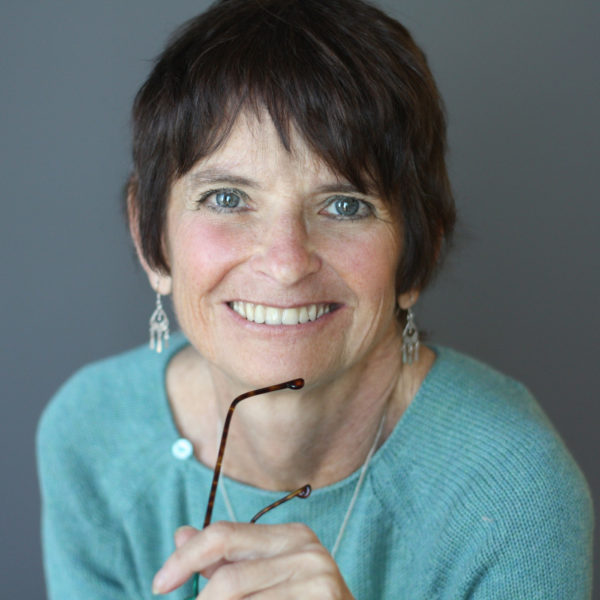
Image by Jens Schott Knudsen.
Twitching My Way Through Meditation
My first meditation class is tomorrow, and I’m already manufacturing excuses why I can’t go.
It’s at the Asia Society in New York City, three subway stops away. Since it only lasts a half hour, I’ll spend more time traveling, pushed and shoved on the crowded train, than I will sitting in repose. By the time I get home, whatever peace has enfolded me will already be lost to the sharp-elbowed denizens of the Lexington Avenue local.
Then there’s a post-meditation conference call that may bring good news, bad news, or no news at all about a book I’m currently researching. That will surely fill my mind with a buzzing like angry bees, when the goal of this communal exercise is to find silence. What if the homeward-bound subway is late because of a passenger in medical distress or a train stalled on the tracks ahead of us? There is no cell phone reception underground, which will leave my heart pounding at the prospect of being missing in action.
This is not the first time I’ve tried meditation, well-known for its myriad health benefits. The very article in The New York Times that pointed me to the free weekly classes at the Asia Society cited my fellow On Being columnist Sharon Salzberg. If only a perk of my column here entitled me to private sessions, or an audience with Sharon, who I’m sure would tell me that fear of failure is not a reason to avoid meditation but rather a reason to seek it out.
Meditation, or so the sages say, by definition has nothing to do with success or failure. It is what it is. You sit and watch, as if from a great distance, as thoughts skitter across your mind. You don’t expect your mind to empty, but aim to let go of what occupies it — the beginning of grocery lists; the conversations that would have gone better had you only said “this’’ instead of “that;’’ alternative scripts for the conference call later that afternoon.

Years ago, before arthritic joints slowed me down, I was an accomplished yoga student, full of pride that I was so limber I could fall asleep in pigeon pose, chest and forehead easily lowered to the floor. With unusually open hips, I barely noticed that I stood in tree pose, not the least bit wobbly, as I washed dishes or ironed. I quit my practice when I found myself looking around the room, comparing myself to others in what might be called the ultimate un-yoga.
It was in those yoga classes that I first twitched my way through very short meditations, ten minutes at most. No sooner did I find a comfortable seated position then my nose started itching, frantic to be scratched like a new mosquito bite. Hands on my knees, palms upward, I resisted — but barely. Only the dreamy prospect of shavasana, body unclenched and trusting the floor to support me, made those ten minutes possible.
And sometimes it didn’t. I’d give up, taking up the prone position ahead of schedule, confident the instructor would not disturb the rest of the class to rebuke me.
Later, at week-long yoga retreats on the Yucatan Peninsula, stubbornly resisting the schedule and making my own, I was first on my mat for the morning Anusara class, a demanding two hours before breakfast. There was no pre-shavasana meditation in that class, but when it was time to lie down I’d bolt from the studio to the turquoise Caribbean just steps away, toss my clothes on the sand, and take the pose in the water. Dead man’s float. The two are the same.
At the retreat, where I returned for many years, meditation happened at the late afternoon session, and, by year two, I was cutting that class in favor of reading or napping. Maybe others had as much trouble sitting as I did, or maybe it was simply a new routine, but eventually Jenni and Paul, the instructors, introduced a moving meditation.
At the edge of the water, where the outgoing tide had created a wide margin of packed sand, we walked, eyes closed, each of us in our private space. Rather than struggling to focus on my breath — inhale, exhale, inhale, exhale — I concentrated on my footsteps, on keeping them evenly spaced. Right foot. Left foot. Right foot. Left foot. Being in motion made all the difference.

Perhaps this is cheating. Perhaps the whole point is actually being still not simply experiencing stillness. Perhaps my recent walking meditations through Central Park don’t count (eyes open so I don’t crash into someone on the busy paths). Or my lap-swimming, when my mind is empty but for the counting. One. One. One. One. (Turn.) Two. Two. Two. Two. (Turn.)
Ten laps on a bad day. Fifteen on a better day. Yesterday, 20, still a very long way from the 73 that comprise a mile. Those measurements of accomplishment do not crowd my mind when I’m in the pool, only afterward when back on dry land. And noting the difference between counting and measuring seems a worthwhile preparation for tomorrow.
Tomorrow, for a half hour, I will sit.


